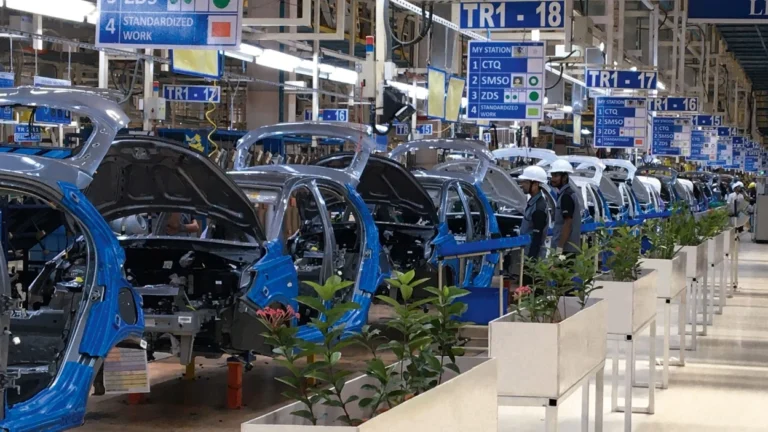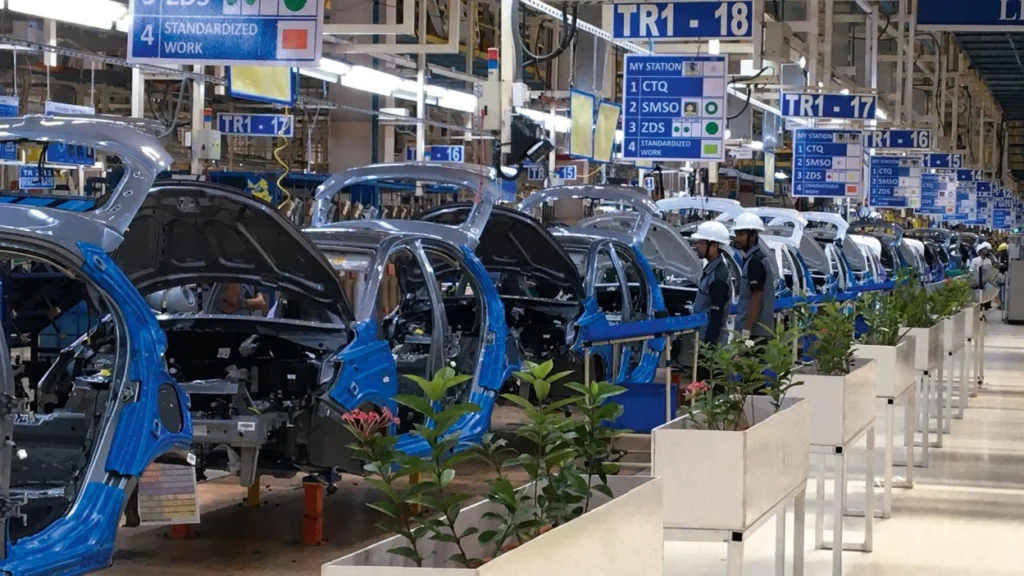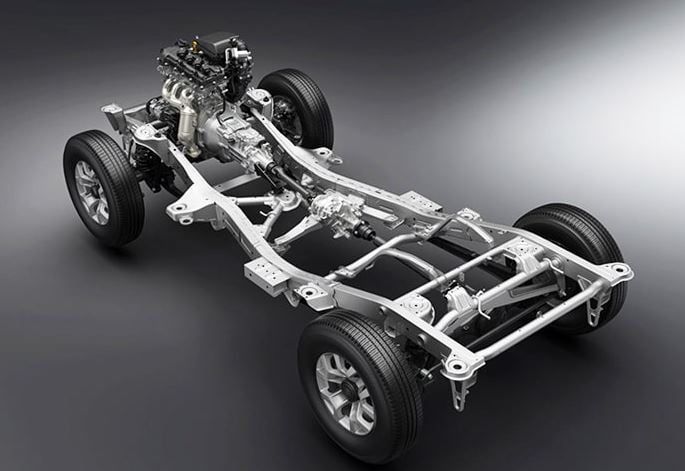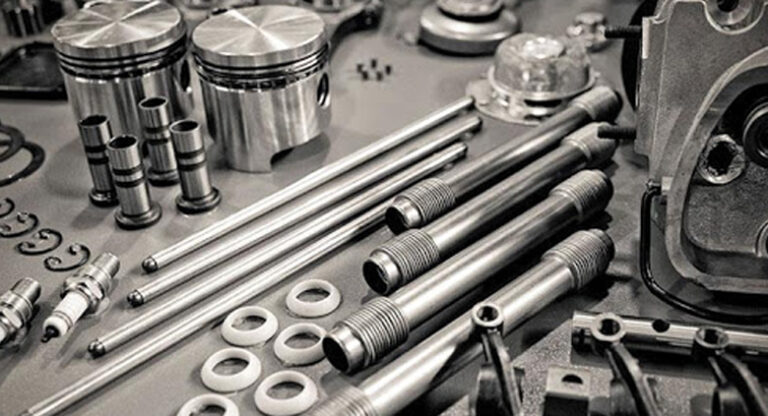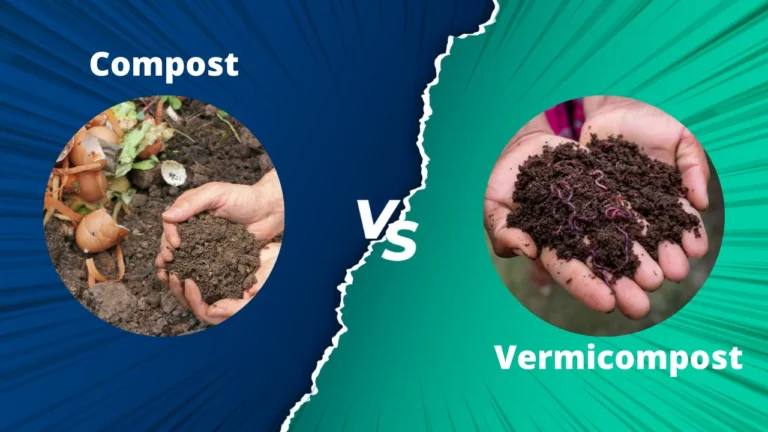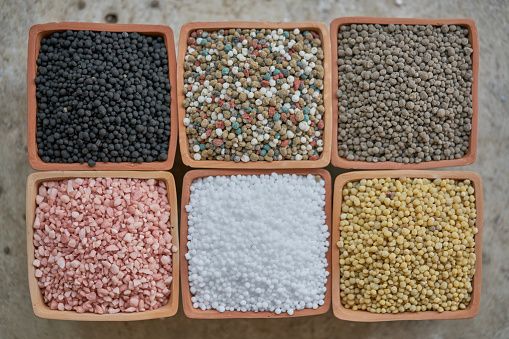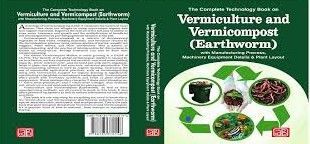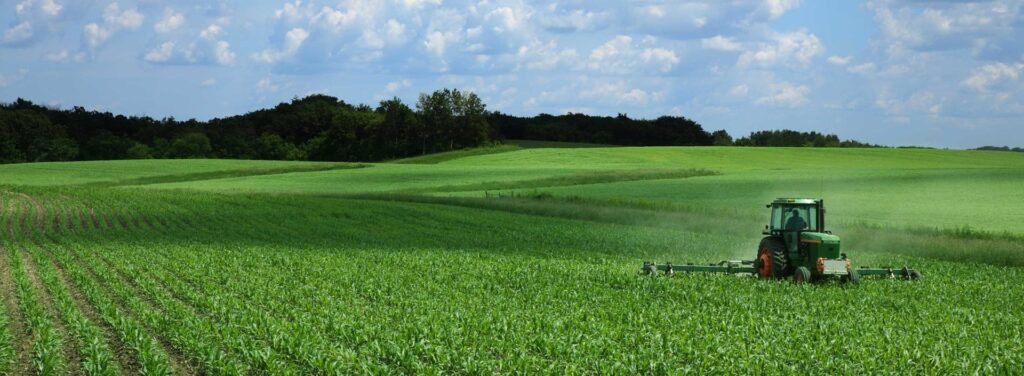Introduction
In the previous Units, we learnt about the different
types of automobile. In this Unit, we will discuss the
major systems and components of an automobile. An
automobile is made of several components, assemblies
and systems. The growing automotive industry has
given rise to a growing auto component industry also.
India has emerged as a global outsourcing hub for
manufacturing of various automobile components. All
major companies like Toyota, Hyundai, Ford, Volvo,
Renault and others are now sourcing their automotive
components from Indian manufacturers.
The auto components industry is predominantly
divided into five segments.
(i) Engine parts
(ii) Drive transmission and steering parts
(iii) Suspension and brake parts
(iv) Electrical parts
(v) Body and chassis
Introduction
In the previous Units, we learnt about the different
types of automobile. In this Unit, we will discuss the
major systems and components of an automobile. An
automobile is made of several components, assemblies
and systems. The growing automotive industry has
given rise to a growing auto component industry also.
India has emerged as a global outsourcing hub for
manufacturing of various automobile components. All
major companies like Toyota, Hyundai, Ford, Volvo,
Renault and others are now sourcing their automotive
components from Indian manufacturers.
The auto components industry is predominantly
divided into five segments.
(i) Engine parts
(ii) Drive transmission and steering parts
(iii) Suspension and brake parts
(iv) Electrical parts
(v) Body and chassis
Chassis
Chassis is a French term and was initially used to
denote the frame or main structure of a vehicle. The
chassis (Fig. 3.1) contains all the major units necessary
to propel the vehicle, guide its motion, stop it and
allow it to run smoothly over uneven surfaces. It is
the main mounting for all the components including
the body. It is also known as the carrying unit.
The chassis includes the following major
components.
(i) A steel frame, which is a major part.
(ii) In case of a passenger car, the whole body is
also an integral part of the chassis. However, in
commercial vehicles like trucks and buses, the
body is not a part of the chassis. Therefore, a
chassis is almost a complete vehicle except the
body and other accessories, which are not involved
in the movement of the vehicle.




